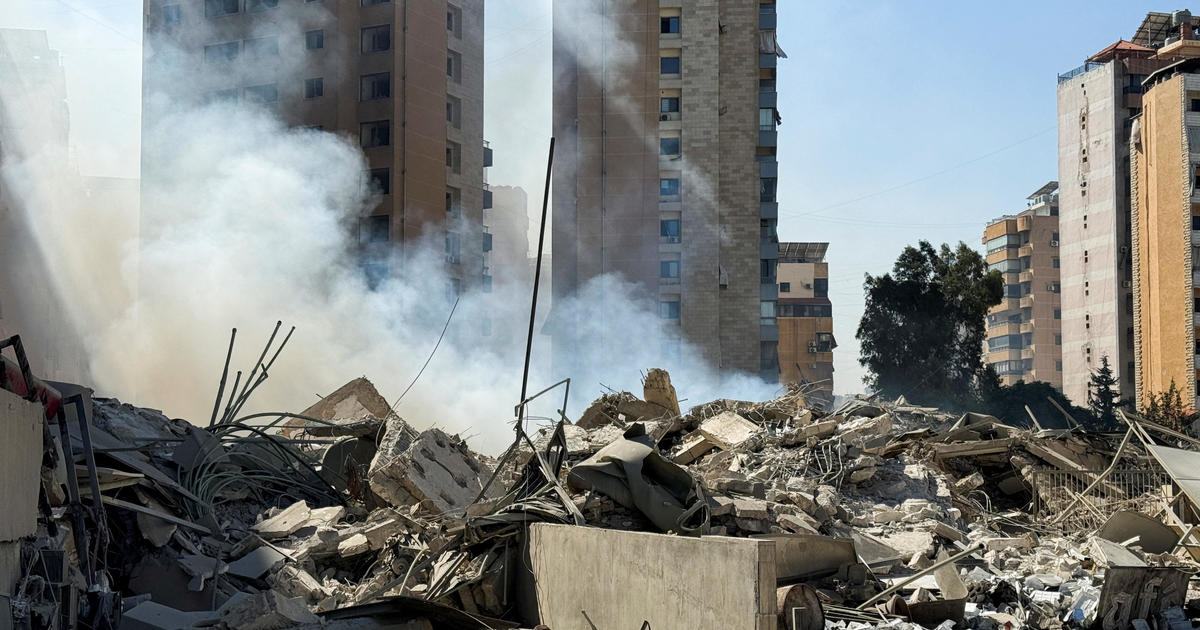The escalating conflict between Israel and Hezbollah in Lebanon has resulted in a devastating humanitarian crisis. The Israeli military has launched a series of intense airstrikes targeting Hezbollah infrastructure, causing significant casualties and widespread displacement. This surge in violence follows Hezbollah’s support for Hamas’s attack on Israel and represents a drastic escalation of the already volatile situation in the region, impacting civilians significantly and straining regional stability. The international community is grappling with the challenges of mediating a ceasefire and addressing the urgent humanitarian needs in Lebanon.
The Devastation in Lebanon
Civilian Casualties and Displacement
The Israeli airstrikes in Lebanon have inflicted a heavy toll on civilians. Reports indicate hundreds of deaths and injuries, including many women and children. Hospitals are overwhelmed, struggling to cope with the influx of wounded, and the lack of essential medical supplies is further exacerbating the situation. The sheer scale of destruction across various regions, including residential areas and critical infrastructure like hospitals, is staggering. Over a million people have been forced to flee their homes, seeking refuge in overcrowded shelters or neighboring countries, leading to a massive humanitarian crisis and a desperate need for international aid and support to cope with the influx of refugees and displaced people. The destruction of homes, schools, and essential services has had profound and lasting effects on those affected.
Targeting Hezbollah Infrastructure
The Israeli military has explicitly stated its aim to neutralize Hezbollah’s capabilities and push its fighters and weaponry away from the border. This involves systematic targeting of Hezbollah’s infrastructure and reported headquarters. The strikes have focused on locations believed to hold military significance, such as command centers and weapons storage facilities, including reported targeting of cross-border tunnels believed to be used for transporting weapons and other resources. The stated goal is to mitigate the constant barrage of rockets and drone attacks launched into Israel from Hezbollah territories, creating a challenging security situation for Israeli citizens. These operations aim to curb future threats and enforce a security barrier between the warring factions. However, the targeting of infrastructure inevitably leads to collateral damage, adding to the devastation among Lebanese civilians.
International Response and Humanitarian Concerns
The Role of the International Community
The international community has responded with varying degrees of involvement. The United States, while expressing concern and offering assistance, has ultimately sided with Israel’s right to self-defense. Other countries are involved in humanitarian aid efforts, providing emergency supplies, and facilitating evacuation of citizens from the region, reflecting the complex political landscape in the region. However, efforts to mediate a ceasefire remain challenging given the deep-seated hostility and lack of trust between the opposing forces and significant divergence in foreign policy positions between various major players in the conflict, despite the dire humanitarian situation in Lebanon and urgent calls for action and peace.
The Humanitarian Crisis and Aid Efforts
The humanitarian crisis unfolding in Lebanon requires an immediate and substantial response. Organizations like the UN and various NGOs are providing aid, but the scale of the crisis far surpasses their capacity. The dire situation regarding essential medical supplies and other life-saving aid makes access crucial, and widespread efforts for international collaboration in providing critical supplies are becoming urgently needed to offset the mounting casualties and extensive damage. The needs include food, water, shelter, medical care, and psychosocial support for the displaced population. Securing safe passage for humanitarian workers and delivering aid effectively amid ongoing fighting poses immense logistical challenges.
The Broader Geopolitical Context
Hezbollah’s Role and Iranian Backing
Hezbollah’s role as an Iranian-backed militant group significantly shapes the dynamics of the conflict. Iran’s support for Hezbollah and its alleged involvement in the supply of weaponry to the group add a layer of geopolitical complexity to the conflict. Iran’s influence has direct bearing on the length and scale of the conflict. It raises concerns about potential escalation beyond Lebanon’s borders. This relationship underlines the wider regional conflict between Israel and Iran, fueling tensions across the region and challenging stability. The continuing support from a larger international player makes de-escalation significantly harder.
The Impact on Regional Stability
The conflict in Lebanon threatens regional stability, particularly given its proximity to Syria and the ongoing civil war in that country. The large-scale displacement of civilians and refugee crisis, combined with already stressed infrastructure and lack of critical services, threaten to fuel instability on a greater scale and affect other geopolitical players in the region, making collaboration on the humanitarian front all the more complex. The impact extends beyond borders. Furthermore, the escalating tensions increase the potential for further escalation within the larger regional power plays.
Take Away Points:
- The Israeli airstrikes in Lebanon have resulted in a severe humanitarian crisis.
- Hundreds have been killed, and over a million have been displaced.
- Hezbollah’s actions and Iran’s support play a central role in the conflict.
- International efforts to mediate a ceasefire and provide humanitarian aid are crucial.
- The conflict threatens to destabilize the entire region.




